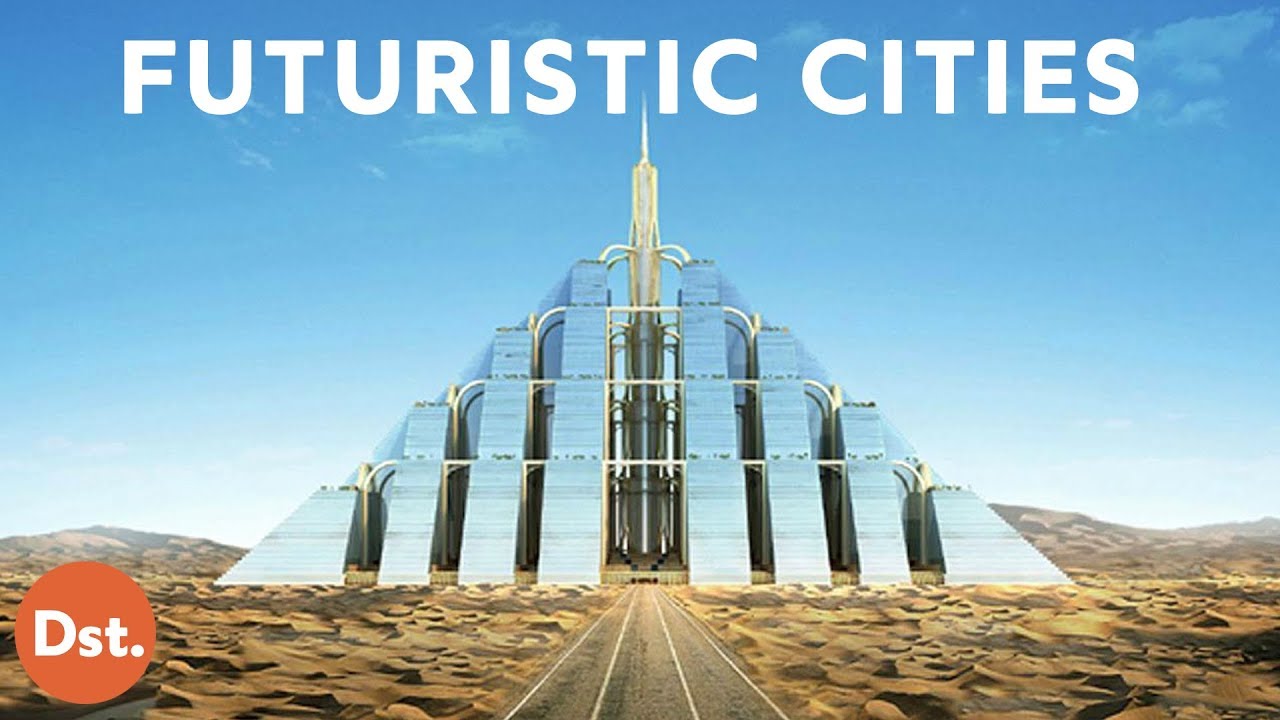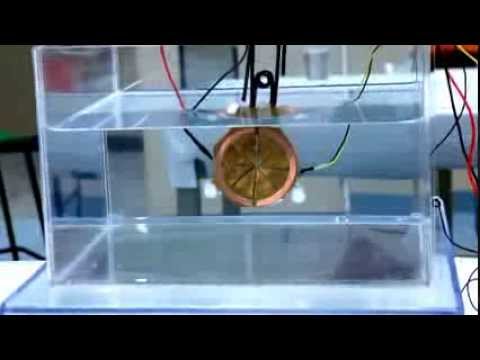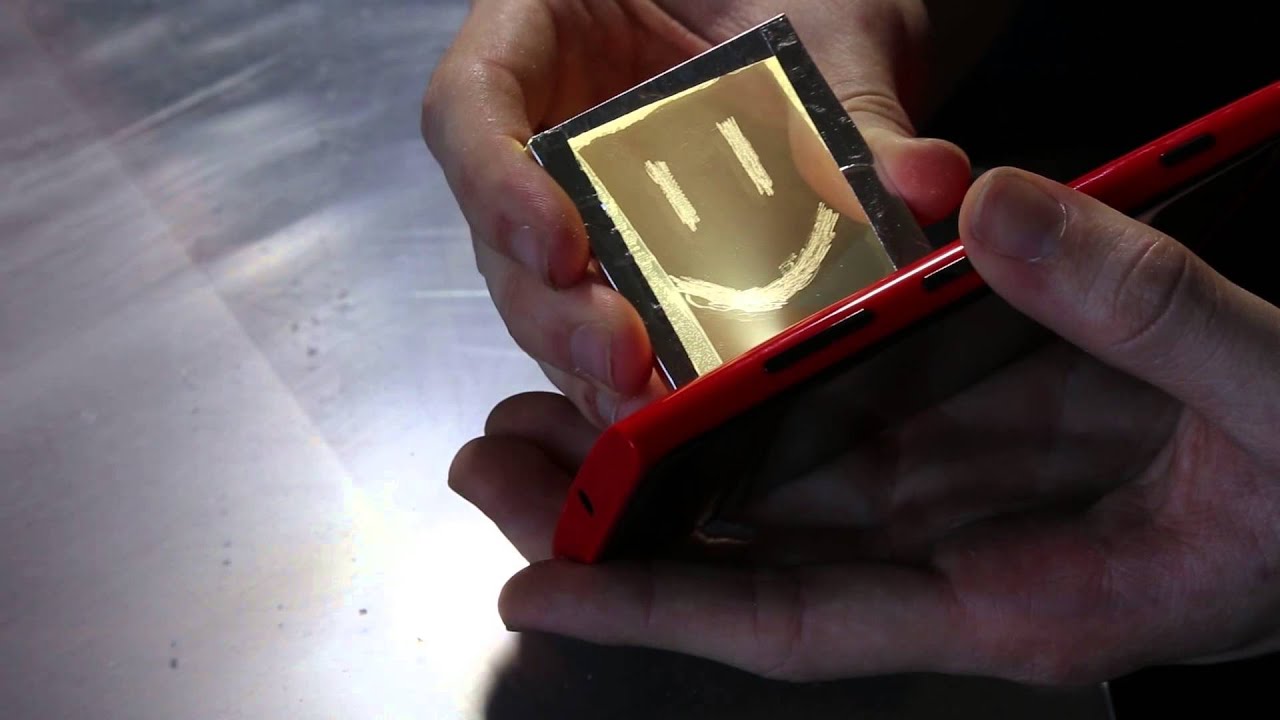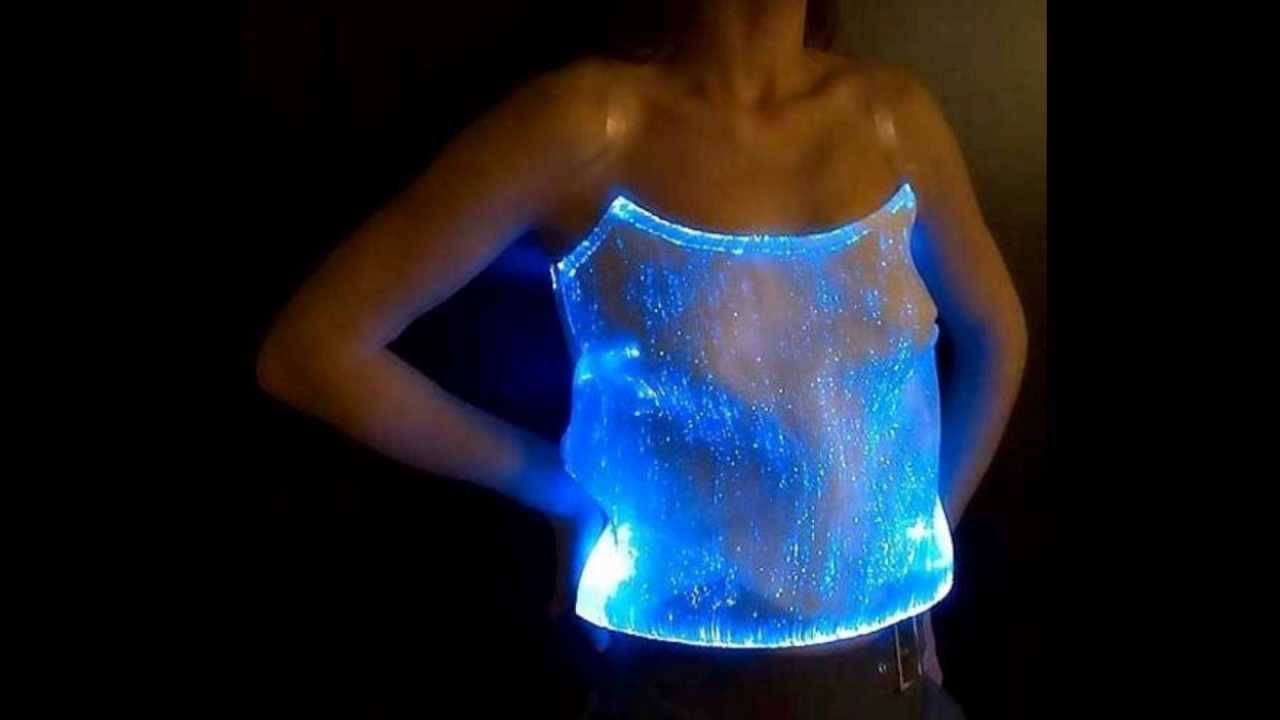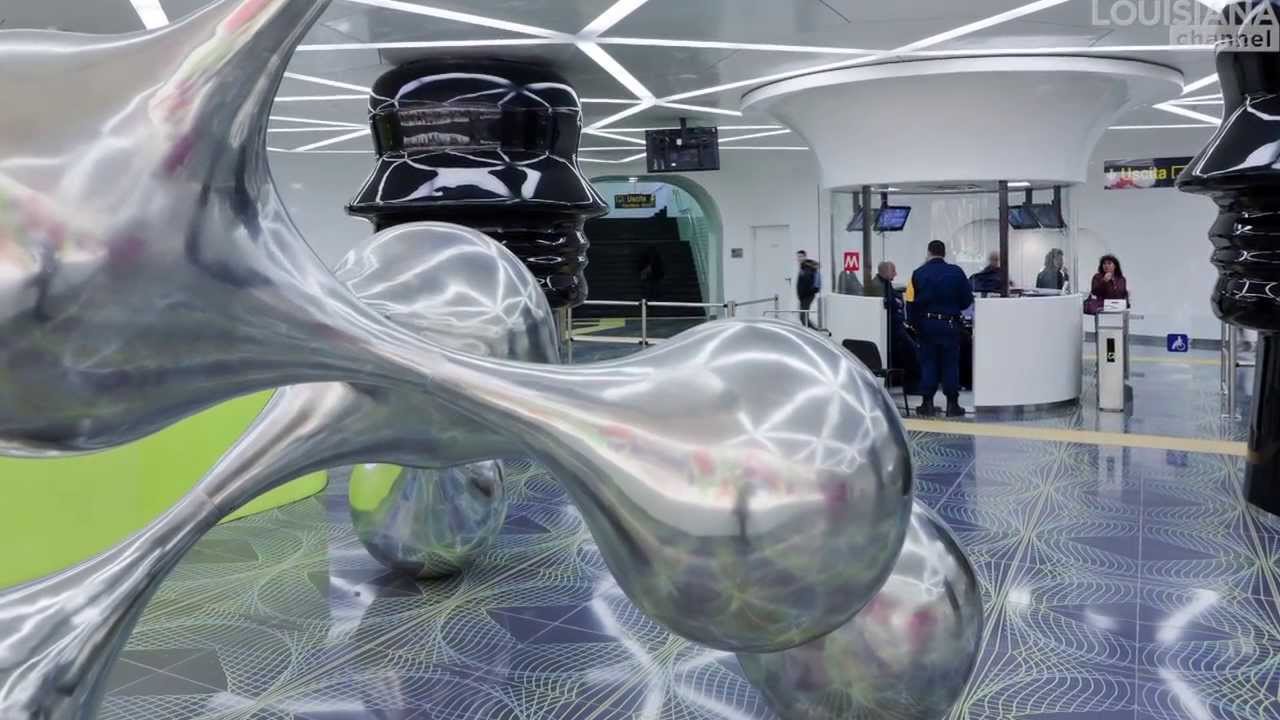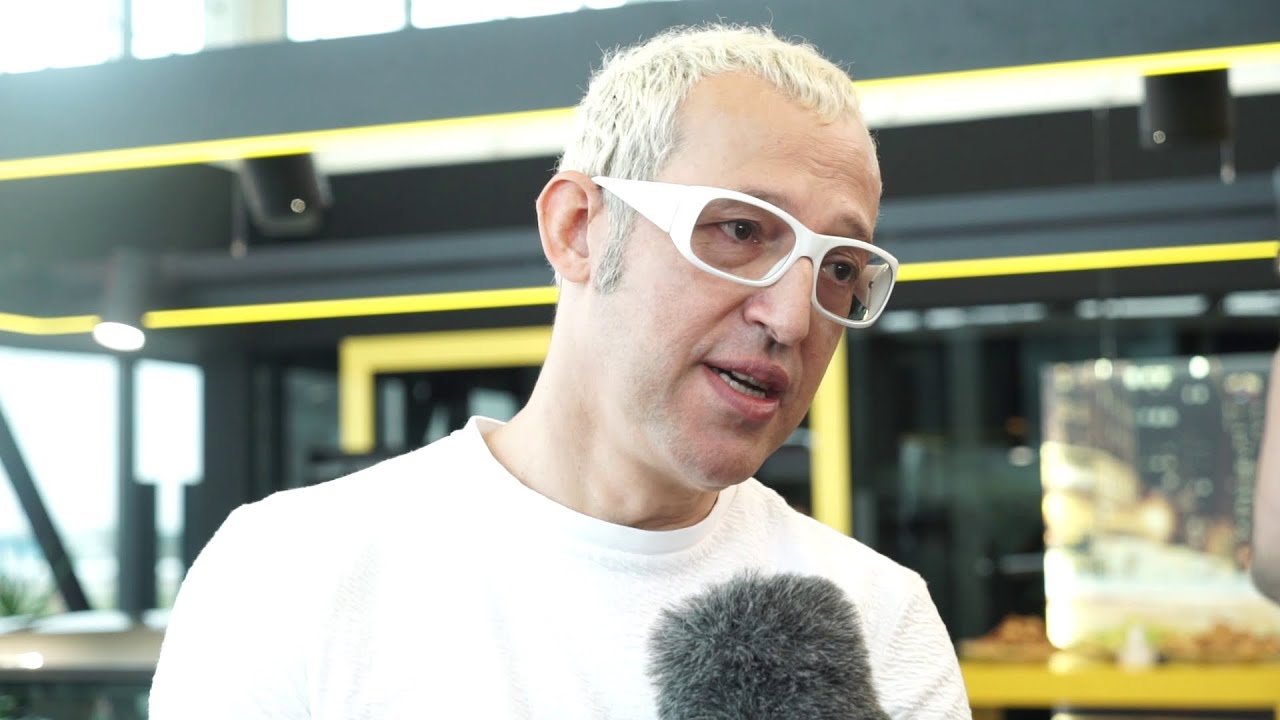How will the city of the future look like?
Big data, Internet of Things (IoT), artificial intelligence (AI), robots, drones, autonomous green vehicles, 3D / 4D printing, renewable energy, virtual reality (VR),leap motion, eye controlled technology are just part of the present and new technologies that are here or will be here in the near future to influence our lives.
The cities are evolving as well, by becoming Smart Cities. From Singapore to Amsterdam and Barcelona, from Dubai to Stockholm,from New York to Manchester and even Alba Iulia in Romania, information and communication technology is used to enhance quality, performance and interactivity of urban services, to reduce costs and resource consumption and to increase contact between citizens and government. Smart city applications are developed to manage urban flows and allow for real-time responses.
The smart city concept integrates information and communication technology and various physical devices connected to the network (IoT) to optimize the efficiency of city operations and services and connect to citizens. Smart city technology allows city officials to interact directly with both community and city infrastructure and to monitor what is happening in the city and how the city is evolving.
According to the IESE Cities in Motion Index 2017, quoted by Forbes, which analyses all aspects that make up sustainability and quality of life in 180 key world cities, New York is again the smartest city in the world, followed by London and Paris.
To compile the index, the authors analyze 79 indicators across 10 different dimensions of urban life: the economy, technology, human capital, social cohesion, international outreach, the environment, mobility and transportation, urban planning, public administration and governance. The results show that almost all of the dimension measured in the ranking are led by European and North American cities. The exception is technology, where Taipei rules.
In top 10 are present three other American cities (Boston 4th, San Francisco 5th, and Washington, D.C. 6th), two other European cities (Berlin 9th and Amsterdam 10th), and two Asian (Seoul 7th and Tokyo 8th).
Moreover, according to CityMetric, Singapore is also a leading example of a smart city, and is constantly evolving its “city brain,” a backbone of technologies used to help control pollution, monitor traffic, allocate parking, communicate with citizens, and even issue traffic fines. “The behavioral aspect is not to be overlooked. Singapore’s “brain” is attempting to modify human behavior – for example, one system rewards drivers for using recommended mapped routes, and punishes those who do not. Ultimately, Singapore’s planners hope to discourage driving, and guide most commuters to making greater use of public transportation. The city is planning for 100m “smart objects” including smart traffic lights, lamp posts, sensors, and cameras on its roadways, which will be used to monitor and enforce laws,” wrote Fast Future for CityMetric.
But how will those smart cities look in the future and what can we expect from them and the specialists living and creating in them? “The number of smart cities around the world is expected to grow exponentially over the next few years and by 2050, 70 per cent of the world’s population will be living in smart cities,” believes Nick Ismail in his piece for information-age.com.
Moreover, it appears that 2030 will bring the introduction of Connected street lights, which will stream data between millions of devices and improve city services such as light, traffic, air quality, public safety and parking. Lighting technology will be at the heart of urban life in 2030 as well, helping deliver more sustainable and better-connected smart cities. “And if that wasn’t enough, by 2050 take-aways will be delivered by drones, replacing motorbikes and cars. One pizza manufacturer has already tested drone delivery and some predict these automated flying machines will fill the skies replacing the couriers of today,” adds Ismail.
The rise and successful growth of smart clothes and smart materials
The market for sensors and smart materials used in clothing will grow from roughly $212 million in 2014 to more than $1.8 billion by 2021, according to a new report from industry analyst firm NanoMarkets, quoted by advancedtextilessource.com. Smart clothing might finally evolve to become the computing devices of the future with watches and displays being printed on fabrics. However, the materialization of either scenario depends on the industry’s response removing the main barriers to mass adoption of smart clothing.
Google unveiled the results of Project Jacquard, the company’s interactive textiles collaboration with Levi’s. The project’s connected smart jacket combines innovative technology with a Levi’s-style jacket that is indistinguishable from anything else in the brand’s line. The jacket allows wearers to control music, answer phone calls, use GPS and more, “all by tapping and swiping on the jacket’s sleeve,” says Sarah Perez at TechCrunch.
As Deborah Weinswig for Forbes, while developers have often turned to handbags and footwear to house clunky tracking and charging devices, advances in technology have begun to allow product designers to embed electronics directly into fabrics, enabling them to add connectivity to the kinds of clothing we are already buying. “The market for wearables will reach $70 billion in 2025, up from $20 billion in 2015, according to IDTechEx, and International Data Corporation (IDC) expects that 110 million wearable devices will be shipped in 2016 alone, up 38.2% from last year. IDC also forecasts double-digit growth through 2020, when shipments of wearables are estimated to reach 237.1 million,” she added.
According to New Electronics, “The potential of smart fabrics is huge and recent research suggests the market, including fabrics manufactured with smart materials and those that use embedded sensors, could be worth more than $ 1.8 billion by 2021, driven by the IoT [and] developments in smart materials and in smaller, more powerful sensors.”
Researchers from across the US funded by ARPA-E – the research arm of the US Department of Energy – are developing clothes that can change their thermal properties to adapt to the environment and wearer’s body. By changing its make-up or shuttling heat to and from the body, the clothing aims to make people comfortable in a wide range of external temperatures. Heat energy can move in three ways: through conduction, whereby the atoms in materials pass energy to each other; convection, whereby high-energy atoms move through the environment; and radiation, whereby heat energy moves as electromagnetic waves. Clothing can control heat by changing how much radiation it allows to escape the body or how easily air can circulate.
Alon Gorodetsky’s team at the University of California, Irvine, is aiming to control radiative heat. “We’re drawing inspiration from squid, from cephalopods, that can do these amazing camouflage displays,” he says. Squid can modify how they reflect visible wavelengths of light, using a cocktail of proteins in their skin. The team is adapting the technique to longer, infrared wavelengths that carry heat. “We are leveraging that for materials that can regulate the thermal emissions of an object,” says Gorodetsky, who won’t yet reveal how his team implements cephalopod-like radiation control. His team is partnering with US firm Under Armour, which makes base layers for sports clothing.
Another great technology invention was brought by Scough, a company from New York that created stylish scarves that filter and clean the air you breathe. The carbon filter included in the pocket is the same technology that the military uses to protect against chemical warfare. Now it protects you against flu and pollution.
Adidas launched a new “cool” collection, Climachill. The brand managed to include titanium and aluminium into the fabric of the garments in order to give the wearer a cold sensation while working out. The technology developed by Adidas is quite innovative indeed since the chilling sensations are only provided when the body is warm. This enables longer training sessions and better performance for athletes.
Another brand that is innovating is Cityzen Sciences, a French company that started creating smart textiles 9 years ago. In 2013, they came up with what would be the prototype of a “d-shirt” (Digital T-Shirt) that proved successful, as the company won a prize in the “inclusive innovation” category at CES Las Vegas 2013. This shirt offers a large number of functions such as heart rate monitor, built-in GPS, accelerometer, altimeter,etc. Moreover, Cityzen Sciences is also running a project called Smart Sensing aimed at finding new features for smart textile.
Wearable Senses, a research unit of the Eindhoven University of Technology, is running a project about survival clothing. Jacqueline Nanne developed a concept of what should be the sweater of the future, using temperature and moisture regulation properties of wool.
Joanna Berzowska, professor at the Fine Art Concordia University of Montreal presented her project at the Smart Fabric conference of San Francisco. This project is aimed at including electronic or computer functions within the fibre of the textile itself. In other words, the ones of Emily Essert, “the fibres consist of multiple layers of polymers, which, when stretched and drawn out to a small diameter, begin to interact with each other”. The possibilities brought by this incredible innovation would create attributes such as garments that change shapes and colours on their own, or clothes that use our energy to charge phone.
Some labs have tried embedding tiny nanoparticles inside ordinary cotton thread so that they can conduct electricity. But they must wrestle with problems in making the material last a long time, as well as needing to use chemicals to bind the nanoparticles to the cotton. By contrast, Maksim Skorobogatiy’s lab, a physicist at Ecole Polytechnique de Montreal in Canada, turned to the manufacturing process used to create the optical fibers that carry TV and Internet signals. The technique allowed the Canadian team to make new polymer-based fibers based on melting the preformed material to pull out a long, thin fiber shape. Such fibers can conduct electric signals.
No matter how long it will still take for all the new technology to be here for all of us, one thing is for sure: the future truly looks bright and shinny!
20 Things you might not know about Karim Rashid
Karim Rashid is one of the most prolific designers of his generation. Over 3000 designs in production, over 300 awards and working in over 40 countries attest to Karim’s legend of design.
Here are some things you might not know about him:
1.He received a bachelor of Industrial Design in Ottawa, Canada and Postgraduate studies in Italy in 1984. He worked at Rodolfo Bonetto’s studio in Milan for one year then for 7 years at KAN Design in Toronto.
2. His award winning designs include luxury goods for Christofle, Veuve Clicquot, and Alessi, democratic products for Umbra, Bobble, and 3M, furniture for Bonaldo and Vondom, lighting for Artemide and Fontana Arte, high tech products for Asus and Samsung, surface design for Marburg and Abet Laminati, brand identity for Citibank and Sony Ericsson and packaging for Method, Paris Baguette, Kenzo and Hugo Boss.
3. His work is featured in 20 permanent collections and he exhibits art in galleries worldwide. Karim is a perennial winner of the Red Dot award, Chicago Athenaeum Good Design award, I. D. Magazine Annual Design Review, IDSA Industrial Design Excellence award.
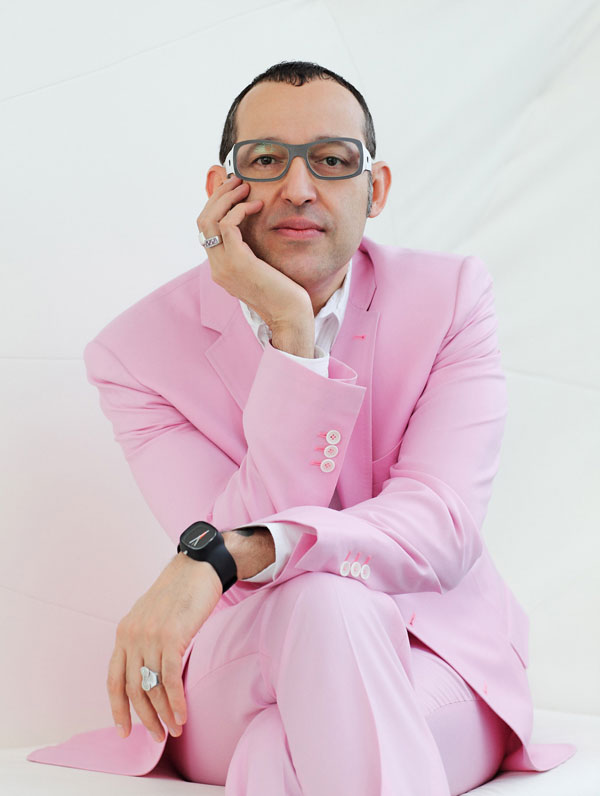
4. Karim is a frequent guest lecturer at universities and conferences globally disseminating the importance of design in everyday life. He holds Honorary Doctorates from the OCAD, Toronto and Corcoran College of Art & Design, Washington. Karim has been featured in magazines and books including Time, Vogue, Esquire, GQ, Wallpaper, and countless more.
5. Karim’s latest monograph, XX (Design Media Publishing, 2015), features 400 pages of work selected from the last 20 years. Other books include From The Beginning, an oral history of Karim’s life and inspiration (Forma, 2014); Sketch, featuring 300 hand drawings (Frame Publishing, 2011); KarimSpace, featuring 36 of Karim’s interior designs (Rizzoli, 2009); Design Your Self, Karim’s guide to living (Harper Collins, 2006); Digipop, a digital exploration of computer graphics (Taschen, 2005); Compact Design Portfolio (Chronicle Books 2004); as well as two monographs, titled Evolution (Universe, 2004) and I Want to Change the World (Rizzoli, 2001).
6. In 1992, Rashid started designing for US tableware company Nambé, producing a range of products – clocks, vases and candlesticks – that would help establish his signature look. Alloy and glass are perfect materials to convey Rashid’s organic “blobular” forms, and his work for American lighting brand George Kovacs and German glassware manufacturer Leonardo in the late 1990s again produced modern yet beautiful forms.
7. Rashid’s designs often incorporate a folded-ribbon look (using materials such as fabric, laminate, acrylic and steel) and his computer-generated asterisk, cross and figure-eight motifs, which can be seen on his stools, rugs, kitchen utensils and even Rashid’s own body tattoos.
8. His 1996 ‘Garbino’ rubbish bin for Canadian plastics company Umbra is Rashid’s most well-known design (along with its larger equivalent, the ‘Garbo’). This simple, softly rounded bucket in recycled polypropylene is still one of Umbra’s biggest sellers and is also placed in the permanent collection of the Museum of Modern Art, New York.
9. Once labelled the Poet of Plastic, New York-based interior designer Karim Rashid is known for his curvaceous designs and outspoken persona.
10. The same concept was applied to the affordable and award-winning ‘Oh’ chair, from 1999, which fulfils Rashid’s belief in ‘democratic design’. His skill with polypropylene has also been evident in the highly acclaimed packaging he has designed for global brands like Issey Miyake and Kenzo. More recently, Rashid has also undertaken a number of architecture projects, including the Semiramis Hotel in Athens and the newly opened Switch restaurant in Dubai.
11. In his spare time, Karim’s pluralism flirts with art, fashion, and music and is determined to creatively touch every aspect of our physical and virtual landscape.
12. Him and his team specialize in pattern, print, branding and creative direction. They produce designs that help create or revitalize brands that get noticed through a variety of print and other media. Depending on the nature of the project, graphics is intertwined in product and interior design. They have the ability design a project under one roof which allows for a more seamless process and holistic design.
13. Karim believes that we live in a very special time for humanity, where technology, through the digital revolution, has afforded us new tools to design better space in ways never before conceived.
14. He has an international staff that speaks 12 languages. Presently he is working in 23 countries.
15. To Karim, functionality and minimalism are essential, but, at the same time, he wants to move people and create furniture that make people feel at ease. He calls this approach to design ‘sensual minimalism’.
16. The notion of design being a “high art” has always felt ridiculous to him. “I’ve spent my career trying not to fall into that trap. Early on, companies interested in me were small. They charged more so that they could afford the tooling and the crafting by hand. That’s just what it took to make it. I started to think, Why aren’t bigger companies more interested in design? The designer humanizes our physical and virtual world. Fortunately, things have changed a lot since then. Companies now recognize that design is what differentiates. It’s critical, and demanded,” Karim said for interiordesign.net.
17. He loves doing packaging design, technology, synthetic processes and materials.
18. He used to be obsessed with drawing eyeglasses, shoes, radios and luggage throughout his childhood.
19. He loved Andy Warhol, Rodchenko, Picasso, Calder, Corbusier, Dec Chirac, YSL, Halston, and so many other artists that were pluralists.
20. Karim was also very inspired by his father who was a creative renaissance man, and he saw him create every day. He would design furniture, make dresses for my mother, paint canvases, design sets for television and film, and constantly take us to museums.
